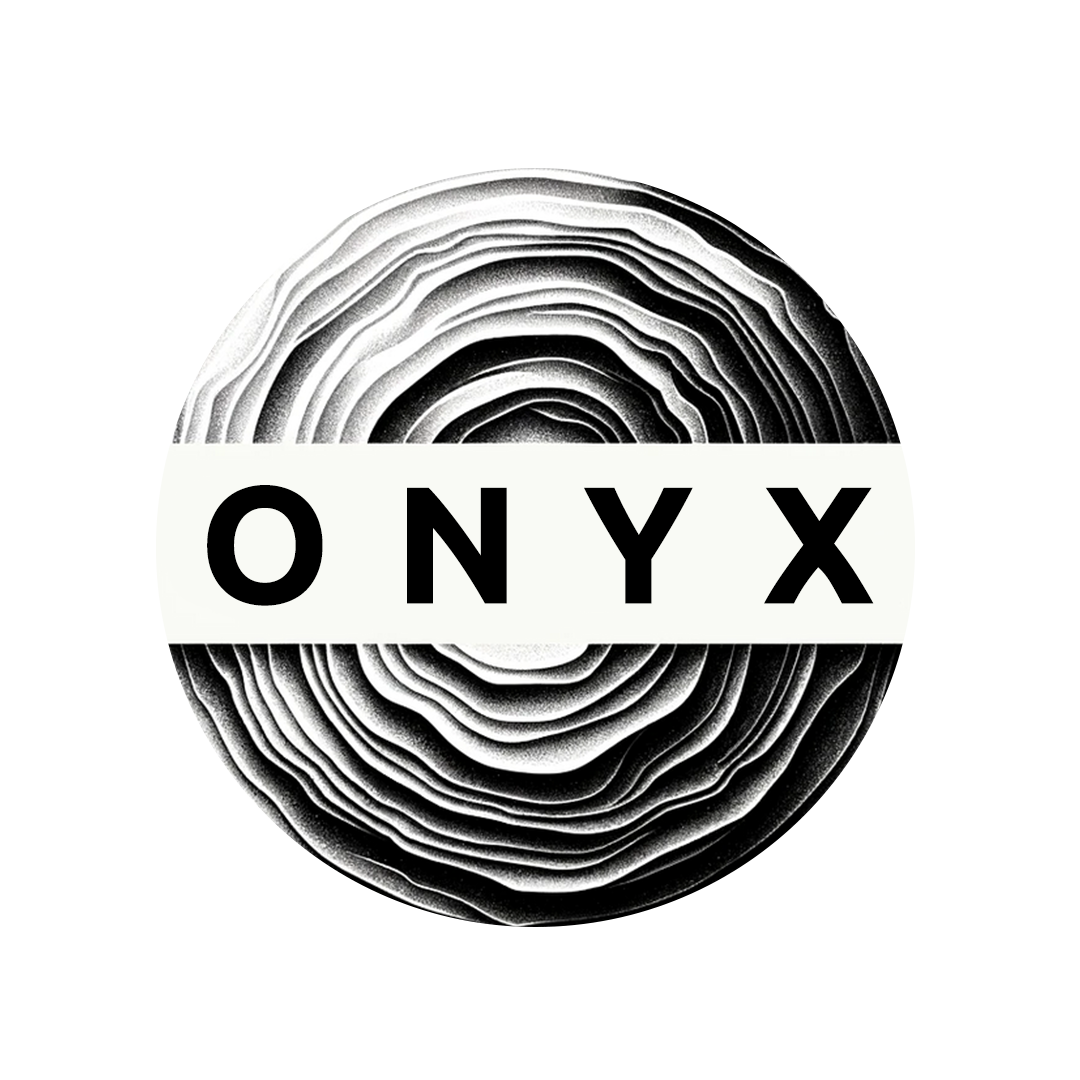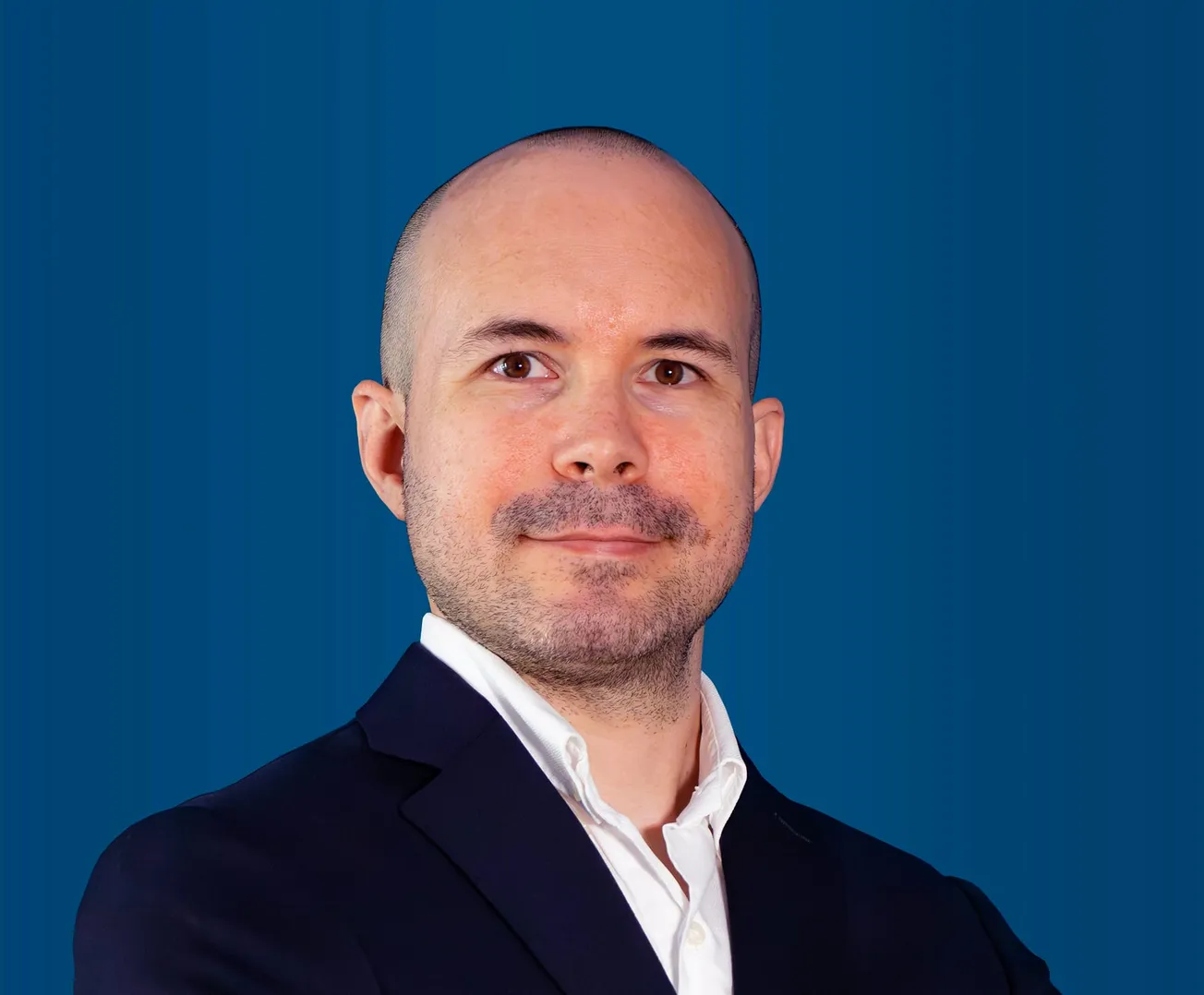Table of Contents
Tell us how you came to lead Cellares.
I was educated in Germany at the Technical University of Munich. I'm originally an aerospace engineer by training, turned life science tools inventor, turned life science entrepreneur and businessman.
I care deeply about purpose. I don't like "happy engineering" for its own sake; I prefer purposeful engineering that has a tremendous impact on society and humanity — the kind of engineering that truly helps people.
The impact Cellares will have over the course of a decade or two will be to help save millions of patients who otherwise would have died.
It was about 11 years ago that I moved to California. Just before starting Cellares, I was the Chief Innovation Officer at a CRISPR/Cas9 genome engineering company. I co-invented their proprietary RNA synthesis technology and built up a research department focused on tools and technologies for the bioprocessing space — specifically, how to make traditional biologics like monoclonal antibodies faster, better, and cheaper.
During that time, I did a lot of market research. Many of the conferences that covered traditional biologics also covered the emerging cell and gene therapy space. People were shouting from the rooftops, and I just happened to listen: "The science is amazing; we literally have one-shot cures for cancer. But what's the point if we can't manufacture these cell therapies at scale and actually get them to patients? What's the point if we can't manufacture them at a cost that will be sustainable for the industry in the long term?" Those two key points — scalability and cost-effectiveness — are what we're focused on at Cellares.
So about the technology, could you explain what your Cell Shuttle is and how it works?
First, let me take a step back. We've had small molecules since the early 1900s and biologics since the 1970s. What they have in common is that you go through a complicated manufacturing process, and the outcome is a batch that treats millions of patients.
Cell therapy is different. These therapies have only been on the market since 2017. The manufacturing process is much more complex than for small molecules or biologics and it produces one batch for one patient. Every dose is made to order for each patient individually. You collect the starting material at the hospital, ship it to a centralized manufacturing facility, and then go through multiple steps — enrichment, magnetic cell selection, genetic modifications with viral vectors or CRISPR, expansion, formulation and fill, finish — until you have a final drug product. And then you have to go through quality control.
All of these steps are done using what I call "artisanal methods." Teams of highly trained scientists spend weeks in very expensive cleanrooms executing processes entirely by hand, using benchtop equipment. Each benchtop instrument typically handles one unit operation for one patient at a time, and in between, you're stuck with about 50 manual processing steps. In quality control, every single cell therapy dose goes through a battery of release tests, generating around 500 pages of paper-based batch records manually for every single patient.
This approach works for 20 patients a year in a clinical trial, but it quickly fails when you have to scale up to tens or hundreds of thousands of patients per year. A typical oncology indication might have 10,000 patients a year; autoimmune diseases like lupus can have over 100,000 patients annually. You cannot scale to that level with manual methods.
At Cellares, we've replaced all this manual madness with two integrated systems: the Cell Shuttle, which fully automates manufacturing, and the Cell Q, which fully automates quality control.
So what's special about the Cell Shuttle compared to other instruments on the market?
Other instruments typically handle one unit operation for one patient. The Cell Shuttle fully automates the entire manufacturing process and it does so for up to 16 patients simultaneously. It's the first-ever platform that offers true end-to-end automation in combination with 16 times higher throughput.
The Cell Shuttle reduces required facility size by about 90%, and labor by about 90%. That means we can produce ten times more cell therapies with the same number of employees in the same facility size as conventional CDMOs (Contract Development and Manufacturing Organizations).
So from a cost perspective, what does that mean?
We're reducing the price point we charge to produce a cell therapy for one patient by up to 50% compared to what conventional CDMOs would charge. That price drop can be so significant that it can actually become cheaper for pharma companies to outsource to us than to manufacture in-house.
Typically, when a pharma company outsources to a CDMO, they pay more because someone else is doing the work. In our case, we're doing the work for them and they're paying less than if they did the work themselves. This flips the script and is unheard of in the industry. That’s why we say Cellares is an Integrated Development and Manufacturing Organization (IDMO). We offer 10 times the productivity at up to half the price, compared with traditional CDMOs.
From an engineering standpoint, what were the biggest challenges you had to overcome?
The key innovation was our consumable cartridge, which integrates five different technologies that are normally five different benchtop instruments - all made by different vendors. Each cartridge is like a cGMP factory in a box. Each single-use cartridge has its own counterflow centrifuge, magnetic flow cell, electroporator, bioreactor system, and sterile transfer technology.
When we started, we faced a lot of skepticism from both customers and investors. People said, "Hold on, you're trying to build five sets of technologies and integrate them all into one cartridge, then build a Cell Shuttle that can handle 16 cartridges simultaneously, and also build a system to automate quality control? You're positively nuts."
But we believed in our vision. Within two years, we developed our own bioreactor, counterflow centrifuge, magnetic cell sorter, electroporator, and sterile transfer technology. We proved that each of these systems individually worked as well or better than the benchtop instruments typically used in the industry.
In the third year of Cellares, we integrated everything into the Cell Shuttle and ran the first end-to-end workflows. In years four and five, we built the first cGMP version of the Cell Shuttle which we will be using to support clinical trials for our customers in 2025.
The FDA has been incredibly supportive. We've had multiple interactions with the regulators through different pathways. Last year, we had our first Type C meeting and received written feedback from the FDA supporting our assertion that our system is a closed system and agreeing with our approach to automating the process.
At this point, we've got five out of the top eight pharma companies with cell therapy programs under contract within one year after coming out of stealth in August of 2023.
Taking the National Health Service in the UK as an example, they’ve been trying to introduce their first cell therapies, but essentially they’re too expensive. What are your plans for international expansion?
We have facilities in South San Francisco, which is our headquarters and R&D center. We have Bridgewater, New Jersey, where we're building a commercial-scale site - around 40 Cell Shuttles there. And we have plans for Europe and Japan, where we're constructing additional commercial-scale facilities with capacity for around 50 Cell Shuttles.
We started Cellares to meet the total patient demand for cell therapies globally. We're on a mission to build a rapidly expanding network of IDMO smart factories around the world. Each of these facilities produces ten times more cell therapy batches than a conventional CDMO facility with the same footprint and workforce.
To put it into context, the throughput we're building across the current network under construction is between 80,000 to 380,000 doses per year, depending on the process length. If you tried to achieve this with manual methods, you'd need 20 facilities the size of multiple football fields and over 7,000 employees. It's simply not feasible. We can achieve this with two facilities and around 700 employees.
Client demand and logistics are the primary factors. Our clients have made it clear that manufacturing on the same continent is important. We're not building facilities speculatively; we have contractual obligations to build these facilities and deliver for our clients. For example, our deal with Bristol Myers Squibb is a $380 million worldwide capacity reservation and supply agreement. It's a global deal for both clinical and commercial-scale manufacturing of multiple CAR T-cell therapies in the U.S., Europe, and Japan.
What do you see as your biggest challenges?
Execution is the key challenge. There are a lot of spinning plates. We're hard at work hiring, building facilities, and manufacturing Cell Shuttles. At the same time, the industry is starting to realize that there's now a solution that allows for commercial-scale manufacturing. The ripple effects of this will be tremendous. The pharma companies working with us early on, like Bristol Myers Squibb, have a significant advantage over their competition.
Patients are dying on waitlists — about 20% of patients die while waiting for cell therapies. How is that right? There are FDA-approved drugs on the market that could give them a good chance at a cure, yet many still die. That's horrific. Our technology makes it possible to make it so patients don’t die on the waitlist. At Cellares we’re on a mission to meet the total patient demand for cell therapies globally.
How have you managed to pull this off on such a scale?
Culture, culture, culture. At Cellares, we've built a company culture that's very much focused on performance and innovation. We're only looking for the top 10 percent of potential employees within their respective disciplines. People who have demonstrated exceptional results. We have a growth mindset; we constantly have new challenges, and we need our people to step into new roles. Both my co-founder and I are lifelong learners; we grow and we support.
Collaboration is key, both internally and with our clients. We've replaced traditional contracts with integrated partnerships. Our Cell Shuttle is functionally equivalent to about a hundred benchtop instruments in one machine — there's a lot of technology integration there. We've achieved vertical integration; we're both a technology company and a biopharmaceutical contract manufacturer in one.
We've brought together different functions that are normally siloed within different companies — mechanical engineering, controls, electronics, systems, and software — all working closely together with scientists for process development, analytical development, manufacturing and quality. Our culture of collaboration is central to our success.





